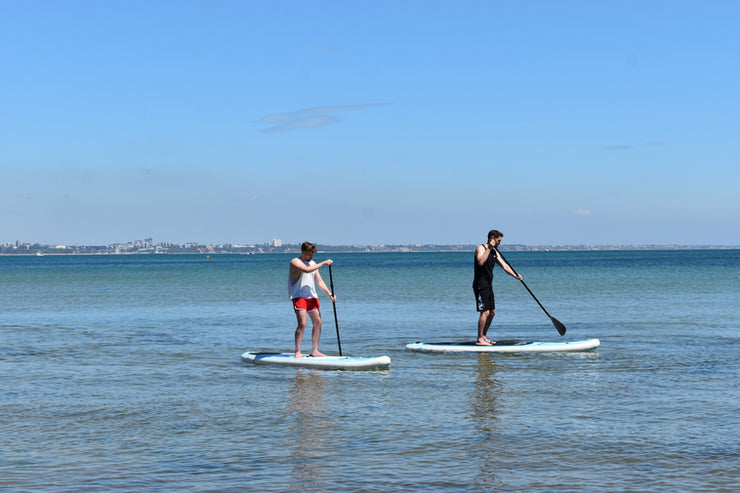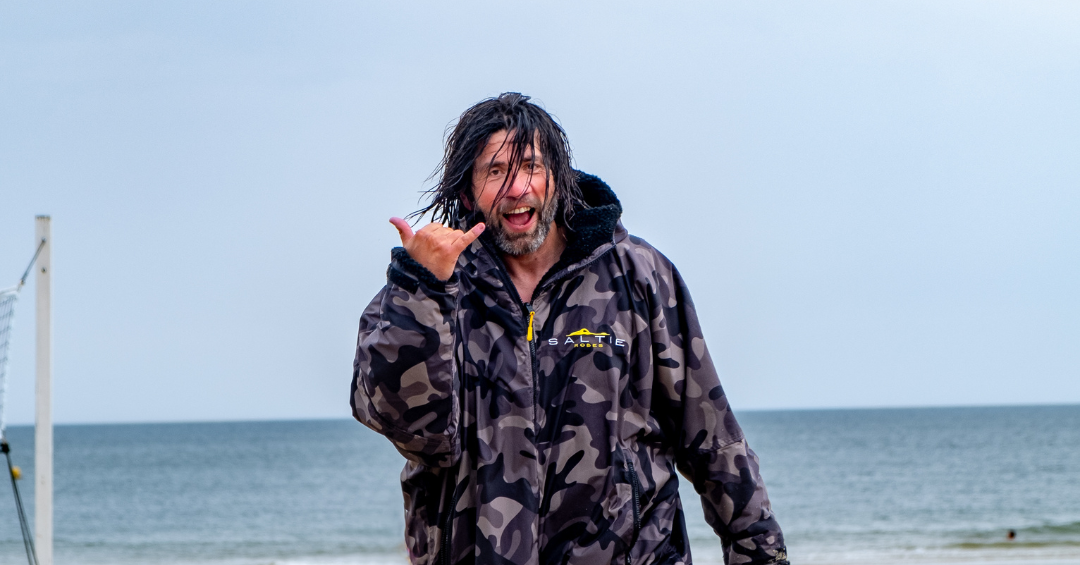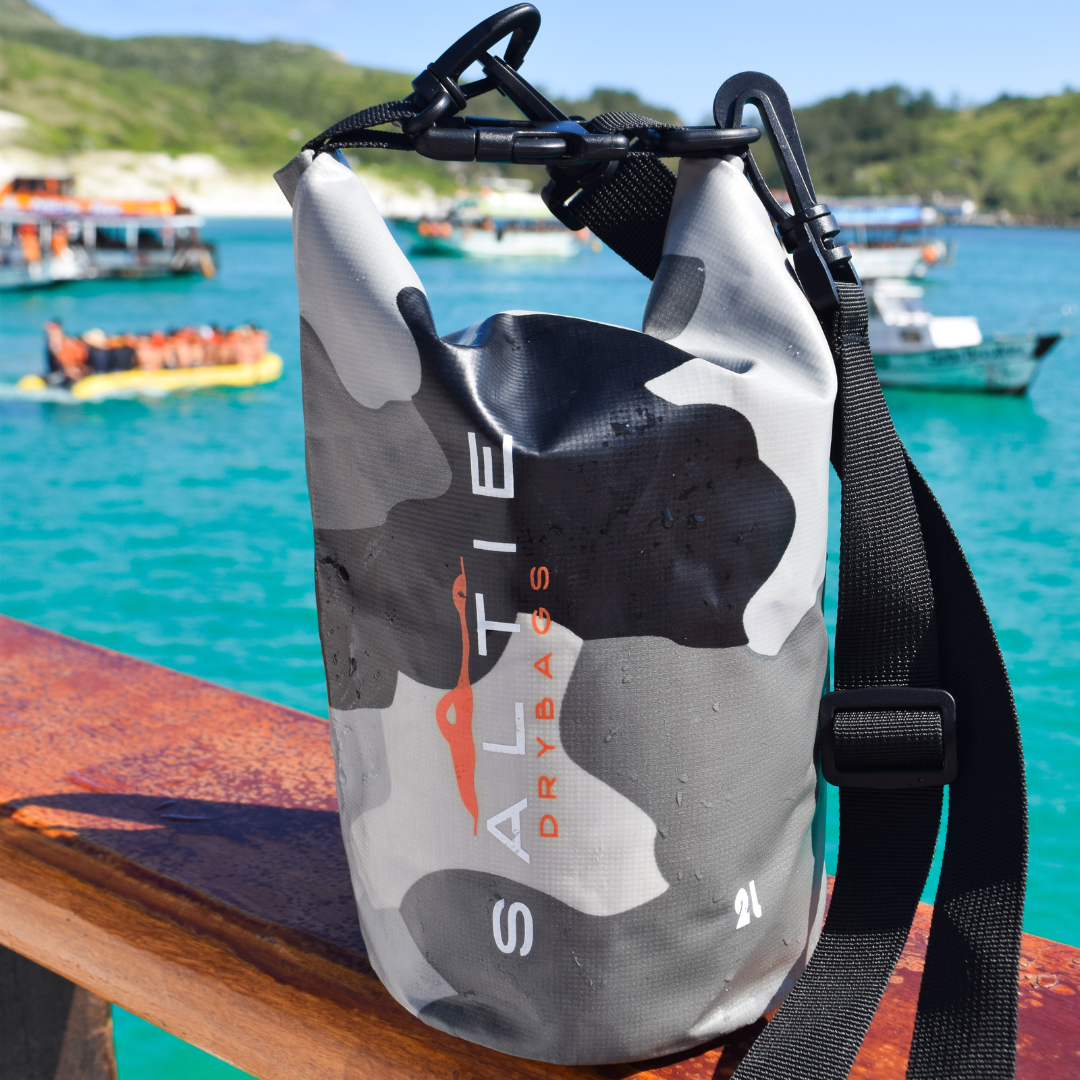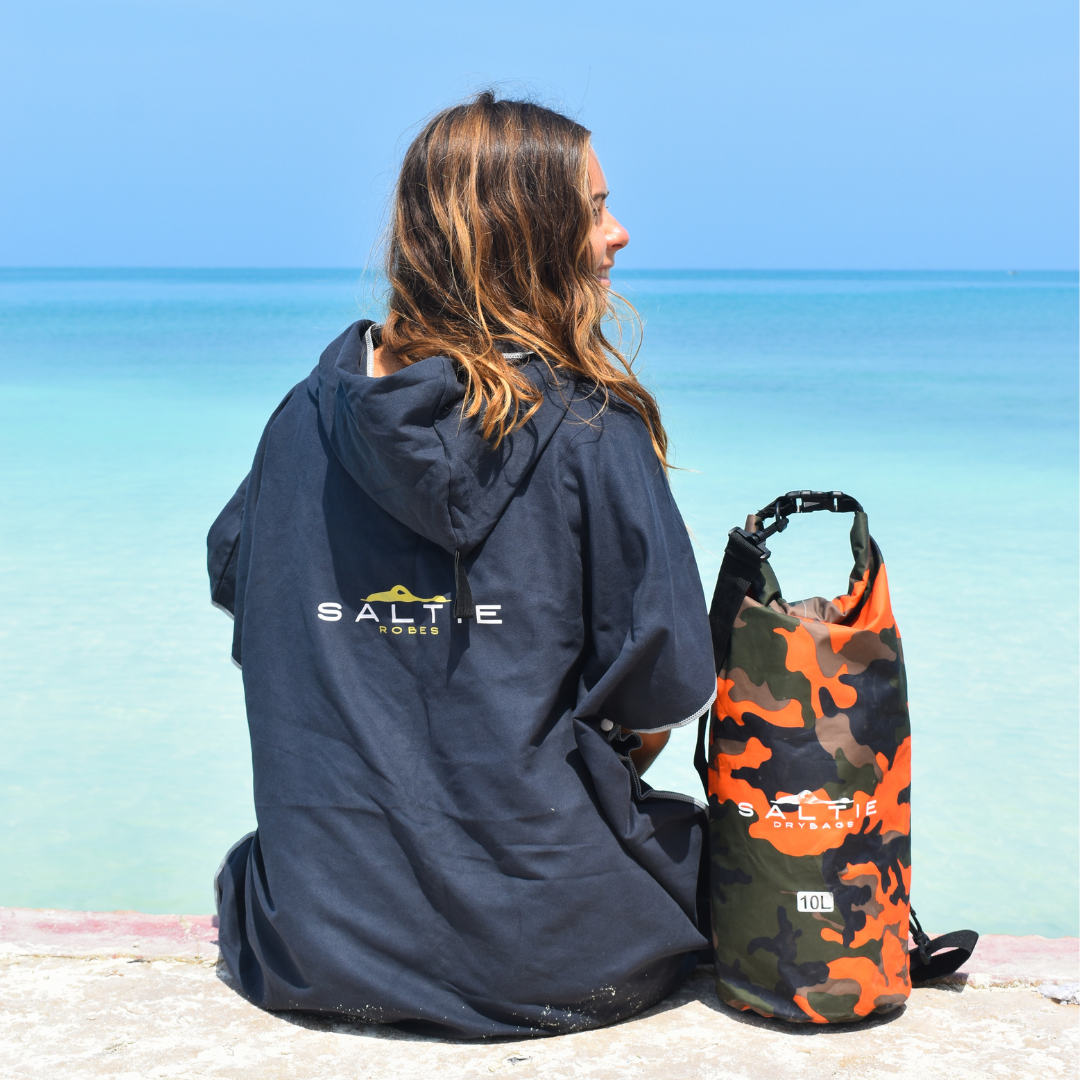When you picture yourself paddleboarding, chances are you’re more than likely to picture yourself doing it in the sea, even though lakes and rivers are sometimes easier (see our post The Tides Explained to find out one of the reasons why). The big wide ocean just has a giant pull for all of us water lovers, so perfecting your paddle technique and learning a few tips to help you nail your latest SUP session, is essential.
Before you even consider taking your SUP out onto the ocean, ensure you have mastered the basics and have a good level of understanding of your paddleboard. You must be able to balance and steer on it, something which you can learn before getting out into deep water. If you have previously paddled on other bodies of water, then chances are you will find paddling in the ocean requires a lot more power and effort. You also have to take into consideration a whole host of other things including launch location, the tides, wind and boat traffic, just to name a few.
As long as you’re prepared to put in a bit of extra effort before getting out on the water and whilst on it, learning to SUP on the ocean will only enhance your love of paddleboarding. Read on to discover our top tips for stand-up paddleboarding on the ocean.

Check the Tides and Currents
We talk about currents, a lot. But, that’s only because of how important they are when you’re planning a trip out on the water. Have a read of our blog post, mentioned above to gain an overall understanding of them before hitting the water. In basic terms, low tide can produce bigger waves and you’ll want to avoid any strong currents (or most currents, if you’re new to paddling on the ocean).
Prepare for Change
Even the smallest bit of wind can make a massive difference when it comes to paddling out on the water. Make sure you’re prepared for any situation that might arise.
Carry a flotation device with you, along with extra water and snacks if you’re heading really far out for a long period of time. Plus, a way to get in touch with people on the shore if you need to (your mobile inside a drybag will do the trick!) These will ensure that you are ready for anything that might happen.
Get to know the beach where you are paddling, to or from. Make sure you note multiple entry and exit points, in case a current won’t allow you to get back to the place where you set off. The more prepared you are before setting off, the less you’ll have to worry about when something inevitably changes.
Make Sure You Can Swim
This may sound an obvious one and odds are that if you spend a lot of time out on the water then you can. But, if you find yourself in the ocean, you will need to be able to control your swimming and have some strength behind you to get back to your board or back to shore.
Know Your Limits
Paddling on the ocean requires more power and effort than paddling on lakes and rivers or other inland bodies of water. So, don’t head out on the sea before you are ready. The changes in currents and tides, the wind and the power of the waves can all combine to throw you off course. If you want to go to the ocean, build up your strength, or make sure when you first start on the ones that you stay close to shore.
A great way to start is to simply paddle around the edge of the surf to get used to the ocean water.
Many lake paddlers don’t use the leash that comes with the board as they don’t feel like it’s necessary or they worry that it will get tangled whilst they’re SUP’ing.
On the ocean, however, the leash really is an essential bit of equipment. If you fall off your board in the ocean, the tide will carry it away faster than you might think, leaving you stranded and potentially without your board.
Don’t Panic!
If you do feel yourself being taken by the tide or a strong wind rising, then don’t panic! Knowing how to keep yourself safe when you’re out on the water is called self-rescue and is not as difficult or complicated to learn as you may think. If you need to, sit astride your board or kneel to paddle, and if you have to you can lie flat on the board to conserve energy and make it easier to stay on your board. If you do feel that you are in difficulty, wave your paddle above your head while you sit astride the board. This is a recognised signal with other paddleboarders that you need help.
Don’t be tempted to swim away from your board and back to shore. The board is easier to see and it provides you with a platform to sit on and save your energy. Plus, using a leash means you will always be able to find your board, even if you do come off it.
The most important thing is, to have fun! After reading these tips it may sound daunting to get out in the sea, but once you have nailed a few basic techniques and followed the safety protocols then paddle boarding on the sea is one of the best things to do on evenings or weekends.
To stay up to date with all of our latest news follow us on
Facebook.






